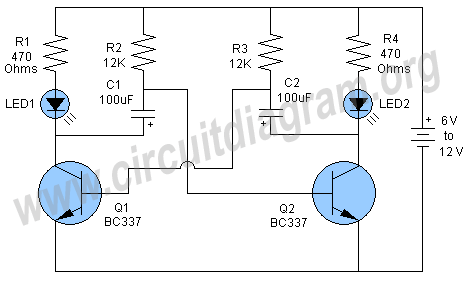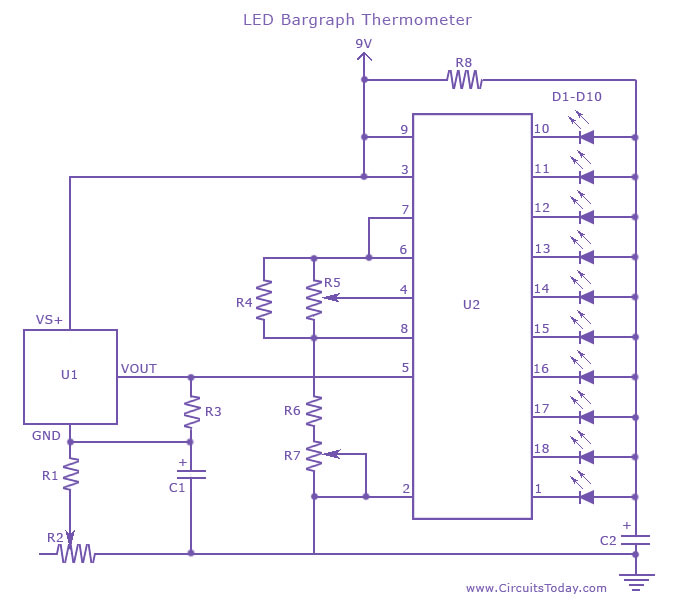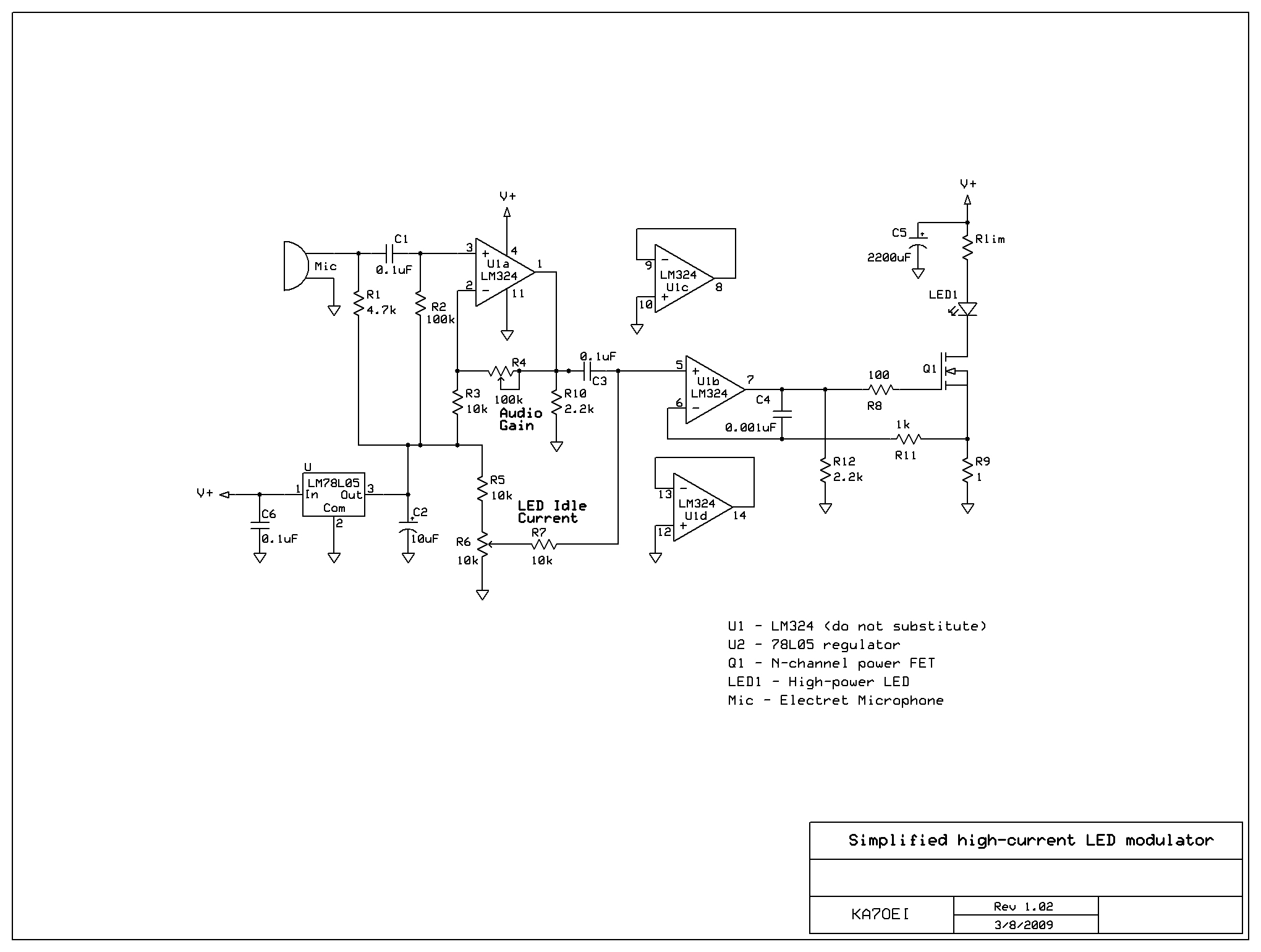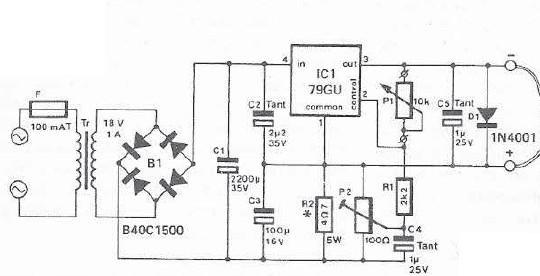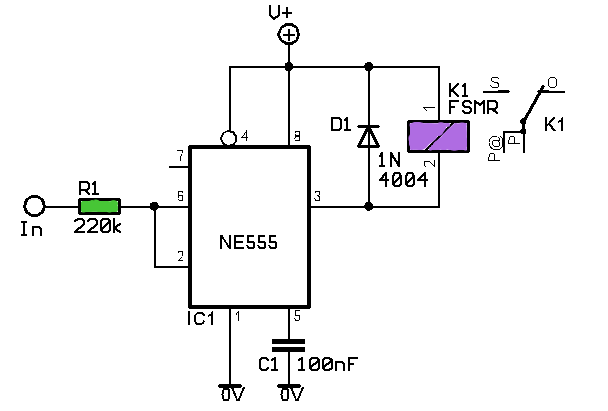
Mini Led Flashlight with LT1073 IC
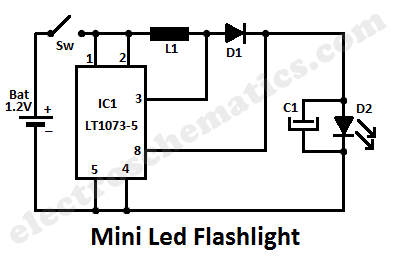
This LED lamp circuit can be utilized as a mini LED flashlight. When paired with a 1.2 V rechargeable battery, all components can be housed within a compact enclosure.
The mini LED flashlight circuit typically consists of several key components: an LED, a resistor, a switch, and a rechargeable battery. The LED serves as the light source, while the resistor is used to limit the current flowing through the LED, ensuring it operates within safe parameters.
The circuit can be powered by a 1.2 V rechargeable battery, commonly a NiMH or NiCd type, which provides sufficient voltage for the LED to illuminate effectively. The switch allows the user to turn the flashlight on and off, providing convenience and control over the light output.
In a typical configuration, the LED is connected in series with the resistor and the battery. The value of the resistor is calculated based on the forward voltage rating of the LED and the desired current. For instance, if the LED has a forward voltage drop of 2.0 V and a recommended operating current of 20 mA, a resistor value can be determined using Ohm's law (R = (V_supply - V_LED) / I_LED).
The compact nature of this circuit allows for easy integration into small enclosures, making it suitable for portable applications. Proper thermal management should also be considered, as prolonged use of the LED may generate heat, potentially affecting performance and longevity.
Overall, this mini LED flashlight circuit represents an efficient and practical solution for portable lighting needs, combining simplicity with effectiveness in design.This led lamp circuit can be used as a mini led flashlight. Together with a 1.2 V rechargeable battery, all the components fit into a small enclosure. This.. 🔗 External reference
The mini LED flashlight circuit typically consists of several key components: an LED, a resistor, a switch, and a rechargeable battery. The LED serves as the light source, while the resistor is used to limit the current flowing through the LED, ensuring it operates within safe parameters.
The circuit can be powered by a 1.2 V rechargeable battery, commonly a NiMH or NiCd type, which provides sufficient voltage for the LED to illuminate effectively. The switch allows the user to turn the flashlight on and off, providing convenience and control over the light output.
In a typical configuration, the LED is connected in series with the resistor and the battery. The value of the resistor is calculated based on the forward voltage rating of the LED and the desired current. For instance, if the LED has a forward voltage drop of 2.0 V and a recommended operating current of 20 mA, a resistor value can be determined using Ohm's law (R = (V_supply - V_LED) / I_LED).
The compact nature of this circuit allows for easy integration into small enclosures, making it suitable for portable applications. Proper thermal management should also be considered, as prolonged use of the LED may generate heat, potentially affecting performance and longevity.
Overall, this mini LED flashlight circuit represents an efficient and practical solution for portable lighting needs, combining simplicity with effectiveness in design.This led lamp circuit can be used as a mini led flashlight. Together with a 1.2 V rechargeable battery, all the components fit into a small enclosure. This.. 🔗 External reference
